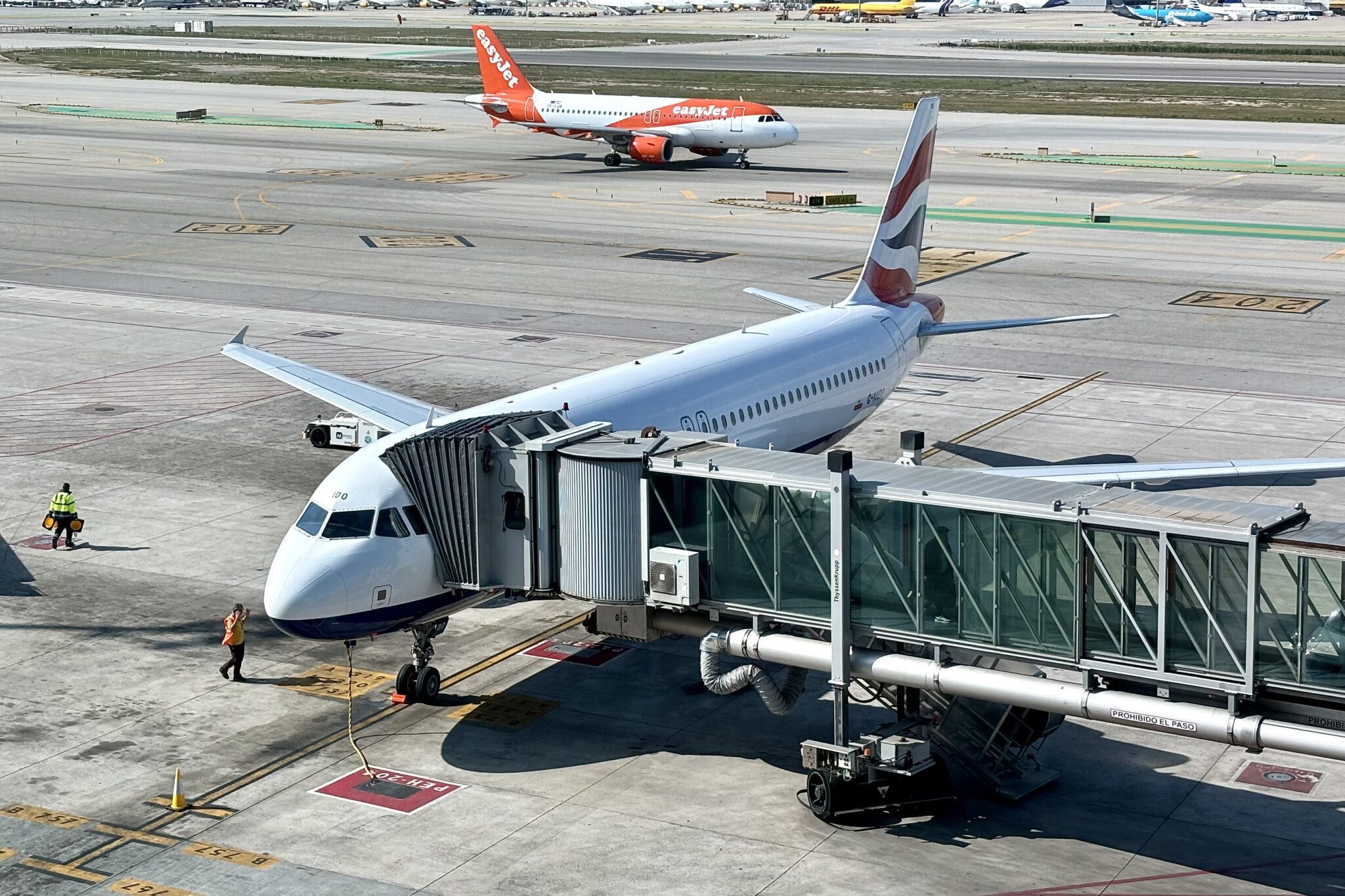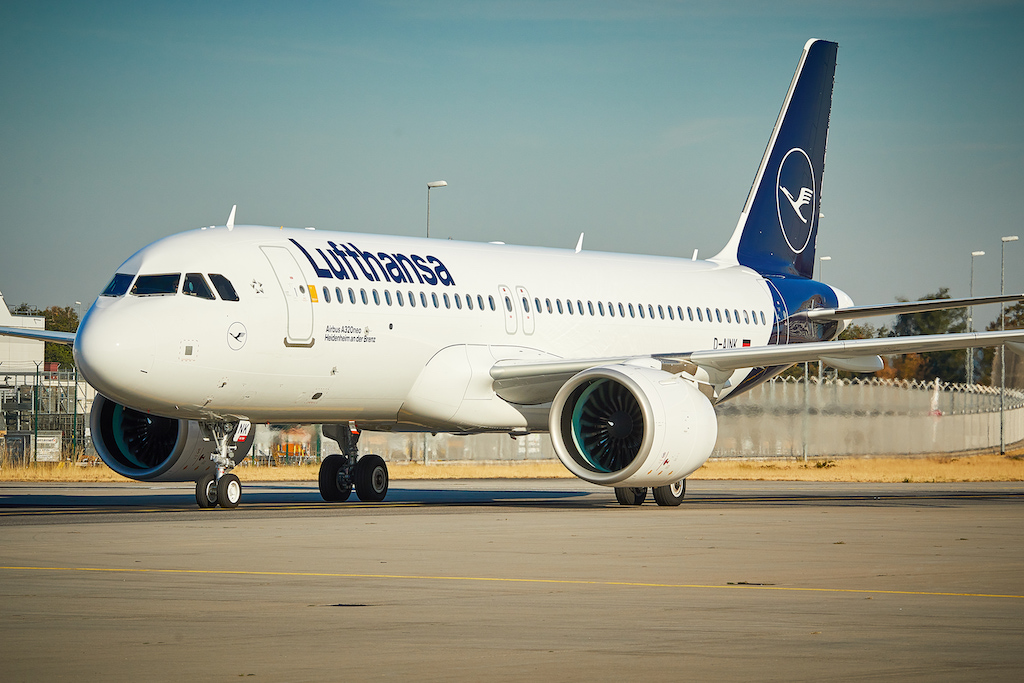Alaska Airlines, one of the most profitable airlines in the U.S. throughout the 2010s, reported just a 5.5 percent operating margin for the fourth quarter — less than half what it generated, 11.3 percent, during the same period three years earlier.
The Seattle-based airline looked like it was regaining its pre-pandemic levels of profitability during the summer quarter, July-to-September, when it led all U.S. airlines with an operating margin that topped 15 percent. Summers are typically its strongest period of the year. The fourth quarter, however, presented new challenges.
One was a bad winter storm around the holidays, which erased about $45 million in revenue. In addition, Alaska signed a new pilot contract in October, granting wage increases of up to 23 percent; senior captains will earning $330 per hour after two years. Importantly, the pricey new contract also contains provisions that ensure Alaska’s pilot pay stays competitive with other U.S. airlines — namely American Airlines, Delta Air Lines, JetBlue, Southwest Airlines, and United Airlines — as they sign their own new contracts. Combined with other new labor agreements, Alaska’s new pilot pact contributed to an 11 percent year-over-year increase in labor costs last quarter.
In addition, Alaska faces headwinds currently plaguing all U.S. airlines, including higher fuel costs and difficulties achieving pre-pandemic levels of productivity. “Productivity is not where it used to be in this post-pandemic era,” Alaska CEO Ben Minicucci said during the company’s fourth-quarter earnings call Thursday.
Another concern is Alaska’s exposure to the troubled technology sector. Many of the airline’s customers are tech workers employed by giants like Amazon and Microsoft, both headquartered in Seattle. And make no mistake, Alaska’s success in the 2010s was at least partly fueled by fast-growing tech firms both traveling frequently and — more generally — contributing to strong U.S. West Coast economic and income growth.
Alaska executives acknowledged Thursday that tech spending on travel is depressed but said this is unrelated to the recent spree of tech worker layoffs. Tech companies haven’t been traveling much since the start of the pandemic. “Even though you have these headlines of layoffs,” Chief Financial Officer Shane Tackett said, “it doesn’t really mean that there’s like, another downward step in terms of their travel. And I do think that at historically low travel volumes, they may never go back to where they were pre-pandemic. [But] I think they’re going to be above where they are today. I’m very confident about that.”
Tackett also stressed that tech customers typically pay lower fares than other corporate travelers, presumably because Alaska has to discount heavily to win their business.
Tech’s suppressed travel budgets, even throughout the industry recovery in 2022, is one reason why California’s airline markets have been slower to revive than those in other areas of the country. Alaska executives said roughly a third of its revenues are linked to the Golden State, where it became a much larger player after buying Virgin America in 2016. Ever since, the market has proved challenging, owing to heavy competition, not least from Southwest.
In Seattle, by contrast, Alaska holds the market’s commanding heights, even with Delta operating a competing hub. Management didn’t address specific markets, but intra-California and transcontinental routes to California are likely struggling right now. Beach markets like Hawaii and Mexico, also important to Alaska, are likely performing better. Keep in mind that during the spring and summer, big corporate markets like Los Angels, San Francisco, and Seattle become big tourist markets as well.
Regarding business travel more generally, the executives said bookings have been “highly choppy” this month. But “March and forward is very solid.” Overall, “demand remains strong and passenger booking patterns are keeping pace with scheduled capacity.” For the current January-to-March quarter, Alaska plans to grow available seat miles (ASMs) 11-14 percent year-over-year, pending labor and aircraft availability. It expects revenues to jump roughly 30 percent, relative to last year’s depressed levels; travel demand did not start reviving in earnest until second quarter. Unit costs will be down 2 percent year-over-year at best. But Alaska does expect to lose money this quarter, forecasting a pretax margin of between negative 1-4 percent. Conditions will improve during subsequent quarters, however, and pretax margins should reach 9-12 percent for all of 2023. In 2019, Alaska’s pretax margin was 12 percent. In 2018 it was 9 percent.
Last March, Alaska outlined its longterm strategy, highlighting areas of importance like its improved credit card deal with Bank of America, its plan to retire all the Airbus planes it inherited from Virgin America, and its growing engagement with American and other fellow Oneworld alliance members. Looking ahead, approximately two-thirds of the airline’s capacity growth will be focused in the Pacific Northwest (besides Seattle, Portland is also a key market), and the other third in California. In October, Alaska placed another larger order for Boeing 737 Maxes, exercising options to purchase another 52 units for delivery from 2024-2027. By 2030, Alaska could operate more than 250 Maxes.
For this year, though, Tackett said, the focus will be on “improving utilization, productivity and delivering on more of our commercial road map as we attempt to lead the industry again in financial performance in 2023.”





